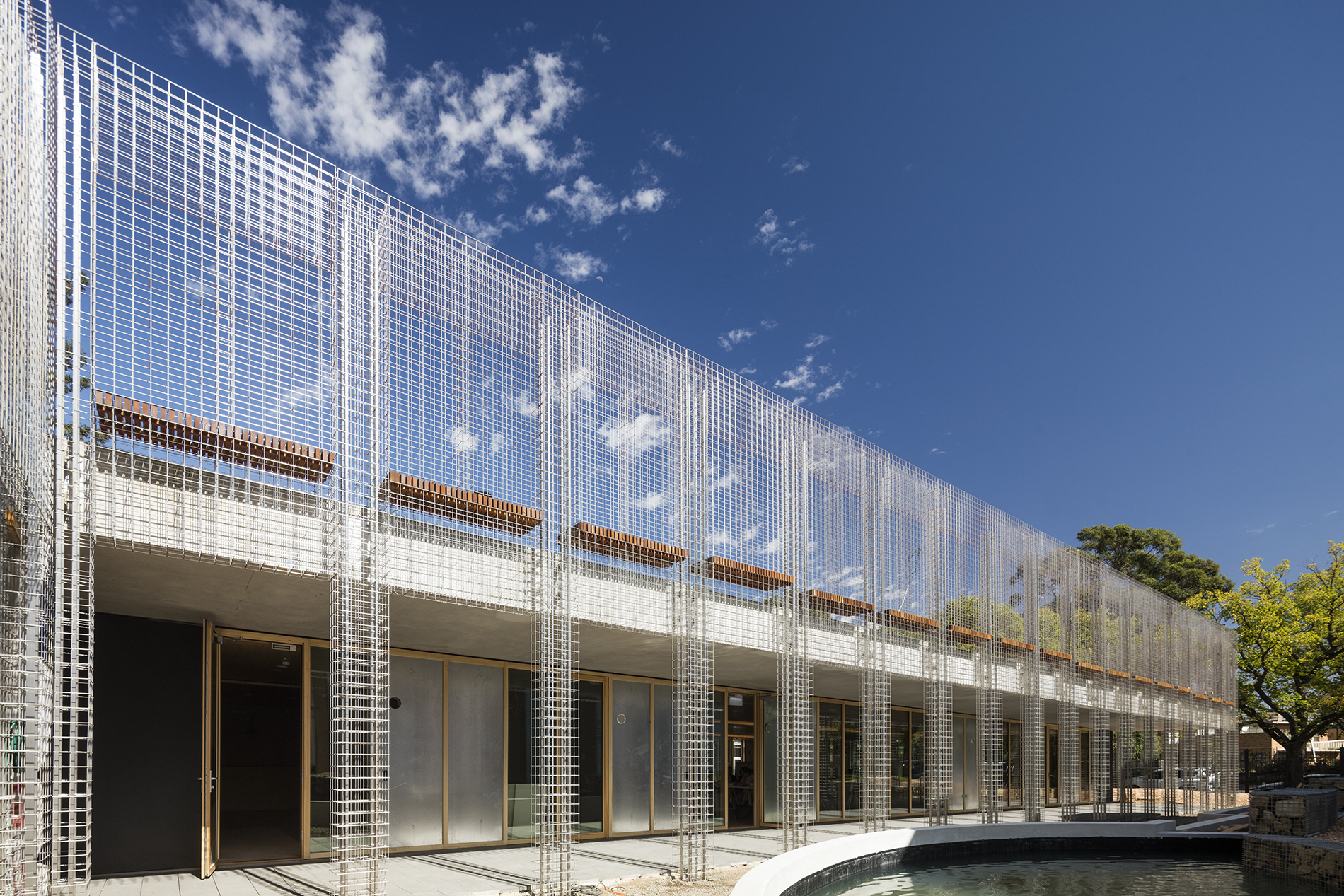 This note was reviewed and approved for currency in October 2018.
This note was reviewed and approved for currency in October 2018.
The Passivhaus, or Passive House, standard is a rigorous, voluntary and performance-based standard, with fundamental objectives of thermal comfort and energy efficiency.
Originally from central Europe, Passivhaus is finding traction in the Australasian market. Proponents of the standard seek key outcomes of excellence in indoor environment quality, energy efficiency and occupant health and wellbeing. As climate change remains a global issue of urgent concern, and as fuel costs continue to rise, there is also a strong ethical and economic case for increasing the efficiency and thermal comfort of buildings.
While Passivhaus is currently expanding across the single and multi-unit residential and education markets, Australia will soon also see projects realised in the social housing, commercial and aged care sectors, with many others to follow. Adoption of the fundamentals of Passivhaus is set to accelerate, with the principles being recognised in major rating tools and programs, as well as the National Construction Code (NCC).
This note will outline the criteria and general requirements for Australasian projects to achieve the standard, recent developments in the standard, the impact for a typical project, and demonstrate how it is actually easier to achieve Passivhaus in the relatively mild climates of Australia than in central European climates.
This note updates EDG 79 CP 'Passivhaus in Australia’ with new local case studies and reference to the most recent iteration of the Passivhaus tool.
Related courses:
- Passive house on the rise (Available via Online CPD)
